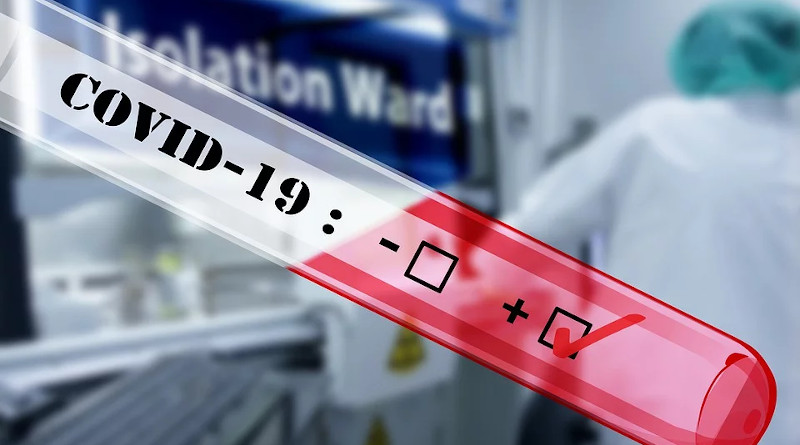A User Guide To COVID-19 – Resource
By VoxEU.org
The fight against COVID-19 is lacking two important weapons: full awareness of populations (especially carriers) and knowledge of the individual traits that are most likely to identify a carrier. This column introduces a ‘user guide to COVID-19’ – a package of resources which offer a narrative of events and present the trade-offs inherent in any policy option. It also appeals for more data collection and statistical analyses.
By Andrea Galeotti and Paolo Surico*
COVID-19 is the largest health and economic crisis of our generation. We are all being bombarded by a lot of news that is evolving quickly, is often highly technical, and has policy consequences that dramatically affects our lives (Baldwin and Weder di Mauro 2020).
We felt the need to learn some tools for processing this information, and to understand and rationalise current health and economic policies. We created a narrative to highlight the various health and economic policy trade-offs that are inherent in every health policy that attempts to flatten the COVID-19 contagion curve, and in every economic policy that attempts to flatten the consequent recession curve.
In order to share the outcome of this exercise, we have developed ‘A user guide to COVID-19’. The guide consists of:
- A short introduction and four mini-lectures. Each lecture has slides and a corresponding video. All the material has been prepared in a way that is concise, precise and accessible to a large audience. In the first lecture, we report the facts that are available to us all. The second lecture explains the epidemiological models that are guiding government health policies. We also discuss trade-offs in health policies that implement different degrees of social distancing. The third lecture explains the mechanisms behind the new economic crisis due to COVID-19. The final lecture discusses health and economic policy options in view of the current situation.
- A deck of slides, containing a comprehensive set of teaching materials, complements the four lectures. This is a rapidly evolving situation, so we are updating this file (almost) daily.
Watch the introductory video below:
The preparation of this work, the presentation to different audiences and the comments that we have received so far helped us to zoom in on the priorities for policymakers. Here, we summarise our current thoughts.
Most countries are currently implementing strict social distancing measures. Due to the limited capacity of national health systems, this is the only feasible short-run solution to the crisis. However, these measures will not solve the threat of COVID-19 to society; they only buy time. This is the moment for policymakers to be forward-looking. They must focus on evaluating the various health and economic policies that can be implemented once we are ready to relax the social distancing measures and restart the functioning of our economies and societies.
Policy experiments could be performed within epidemiological models such as that from the Imperial College COVID-19 Response Team. They could be enriched with economic decisions at the micro and macro level to shed light on the interplay between health and economic policies. However, these policy experiments would be of very little value without any proper data to calibrate the underlying environment.
As we attempt to document across different dimensions in our slides and the four mini-lectures, the design and implementation of current health policies is based on severely incomplete data, which is likely to largely distort inference. The only way to evaluate the battery of potential health and economic policies that could be implemented after the suppression phase is to collect reliable information on the transmission of the virus.
More specifically, our proposal is for countries to test a large representative sample of their population (independently of symptoms) and record the social, economic, demographic and locational characteristics of the people tested at the household level. Then, standard statistical analysis can be used to infer the individual traits that are most likely to predict the chance and rate of contagion. This information is key for governments to design more effective health and economic policies, including social distancing, contact tracing, surveillance and cash grants.
There is nothing original in our proposal; existing protocols and methods used by statistical agencies and health systems can be easily modified and adapted to the circumstances of the current crisis. In a time of national (and indeed global) emergency, the best course of action that governments and society can take is to pool the necessary resources from all fields and use the best expertise in epidemiology, statistics, economics and any other natural and social science to focus efforts in a coordinated and informed way. Good policy advice requires good data, and currently we seem to be lacking both!
Links to material
- Introductory video: A user guide to Covid-19.
- A user guide of Covid-19: part I: gathering facts. [Video, Slides]
- A user guide of Covid-19: part II: epidemiology for dummies. [Video, Slides]
- A user guide of Covid-19: part III: economics for dummies. [Video, Slides]
- A user guide of Covid-19: part IV: policy options. [Video, Slides]
- A file containing a set of teaching slides is here: Lecture on Covid-19. This is a rapidly evolving situation so we are updating the lecture slides (almost) daily.
*About the authors:
- Andrea Galeotti, Professor of Economics, London Business School
- Paolo Surico, Professor, Economics Department, London Business School; Research Affiliate, CEPR
References
Baldwin, R and B Weder di Mauro (2020), Mitigating the COVID Economic Crisis: Act Fast and Do Whatever It Takes, a VoxEU.org, CEPR Press.

